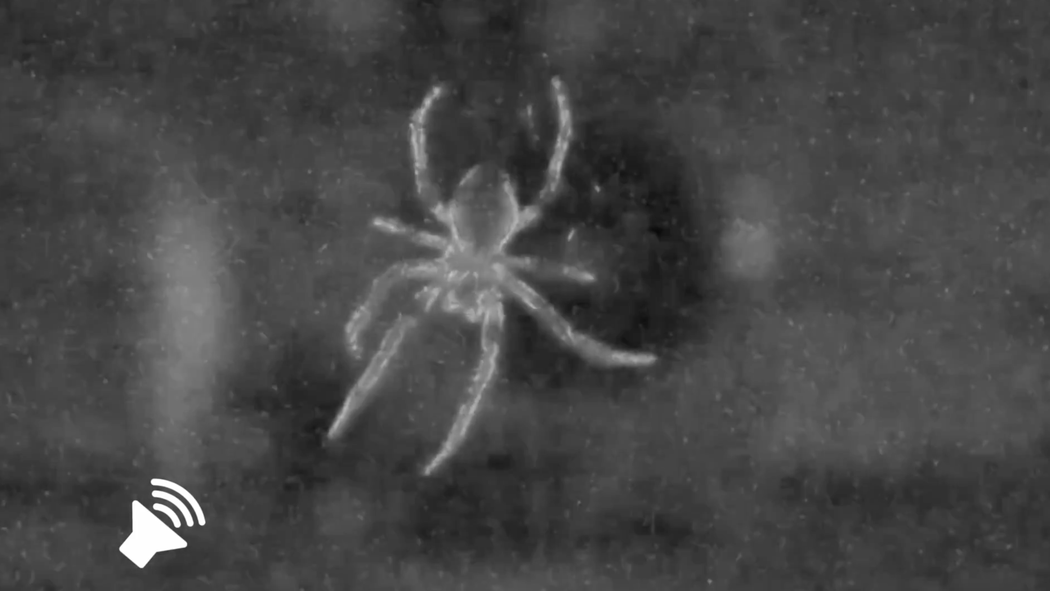If spiders use their webs like a large external eardrum, researchers reasoned, perhaps spider silk could be the basis for a powerful listening device.
Engineers and scientists have an enduring fascination with spider silk. Similar to typical worm silk that makes for comfy bedsheets, but much tougher, the material has inspired the invention of lighter and more breathable body armor and materials that could make airplane components stronger without adding weight. Researchers are even using examples drawn from spider webs to design sensitive microphones that can one day be used to treat hearing loss and deafness and to improve other listening devices.
Spiders use their webs like enormous external eardrums. A team of scientists from Binghamton University and Cornell University reported in 2022 that webs allow arachnids to detect sound from 10 feet away.
When you hear a sound through your ear, what you’re really experiencing are changes in air pressure that cause your eardrum to vibrate. This is how microphones work: by mimicking the human ear and vibrating in response to pressure.
Spider webs serve a similar purpose but use a different mechanism.
Instead of vibrating when hit by a wave of pressure like a stick hitting a drumhead, they move with the flow of the air being displaced. Air is a fluid medium “like honey,” said Ronald Miles, a professor of mechanical engineering at Binghamton. Humans navigate this environment without noticing much resistance, but silk fibers are buffeted about by the velocity of the viscous forces in air.
Dr. Miles couldn’t help but wonder if this principle could lead to a new kind of microphone.
“Humans are kind of arrogant animals,” he said. “They make devices that work like they do.” But he wondered about building a device to be more like a spider and sense “sound with the motion of the air.”
